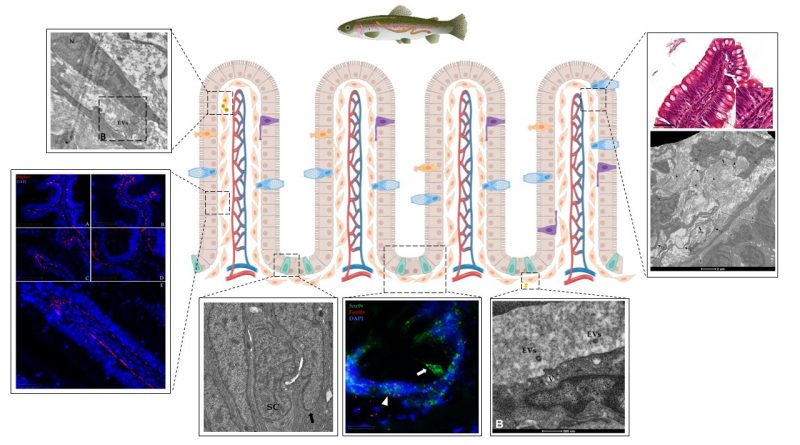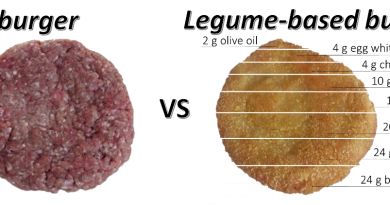TELOCYTES: A NEW CELL POPULATION USEFUL FOR STUDYING THE INTESTINAL HOMEOSTASIS OF RAINBOW TROUT (Oncorhynchus mykiss)
Why some feeds work better than others? Understanding the mechanisms underlying the better yield of some formulations compared to others is very important especially when trying to develop more sustainable foods that help lower the environmental impact of farming and increase animal welfare.
The research group, coordinated by prof. Fulvio Gandolfi, has established another important piece in his research on the processes that regulate the renewal of the intestinal mucosa and how this maintains its balance in response to different dietary regimes. In the article published in the journal Animals, our researchers in collaboration with colleagues from the University of Udine have identified in the intestine of rainbow trout the telocytes. These cells form a dense network immediately below the epithelial cells that line the intestinal lumen. The function of the telocytes is to keep the absorbent surface intact through the direct interaction between them and the intestinal stem cells through the secretion of small extracellular vesicles.
These results are part of the European FISH-AI project, coordinated by Prof. Gandolfi, which aims to develop an artificial intestine to make the selection of sustainable feed also reducing the use of animal testing.
REFERENCES:
Verdile N, Pasquariello R, Cardinaletti G, Tibaldi E, Brevini TAL, Gandolfi F. Telocytes: Active Players in the Rainbow Trout (Oncorhynchus mykiss) Intestinal Stem-Cell Niche. Animals (Basel). 2021 Dec 30;12(1):74. doi: 10.3390/ani12010074




